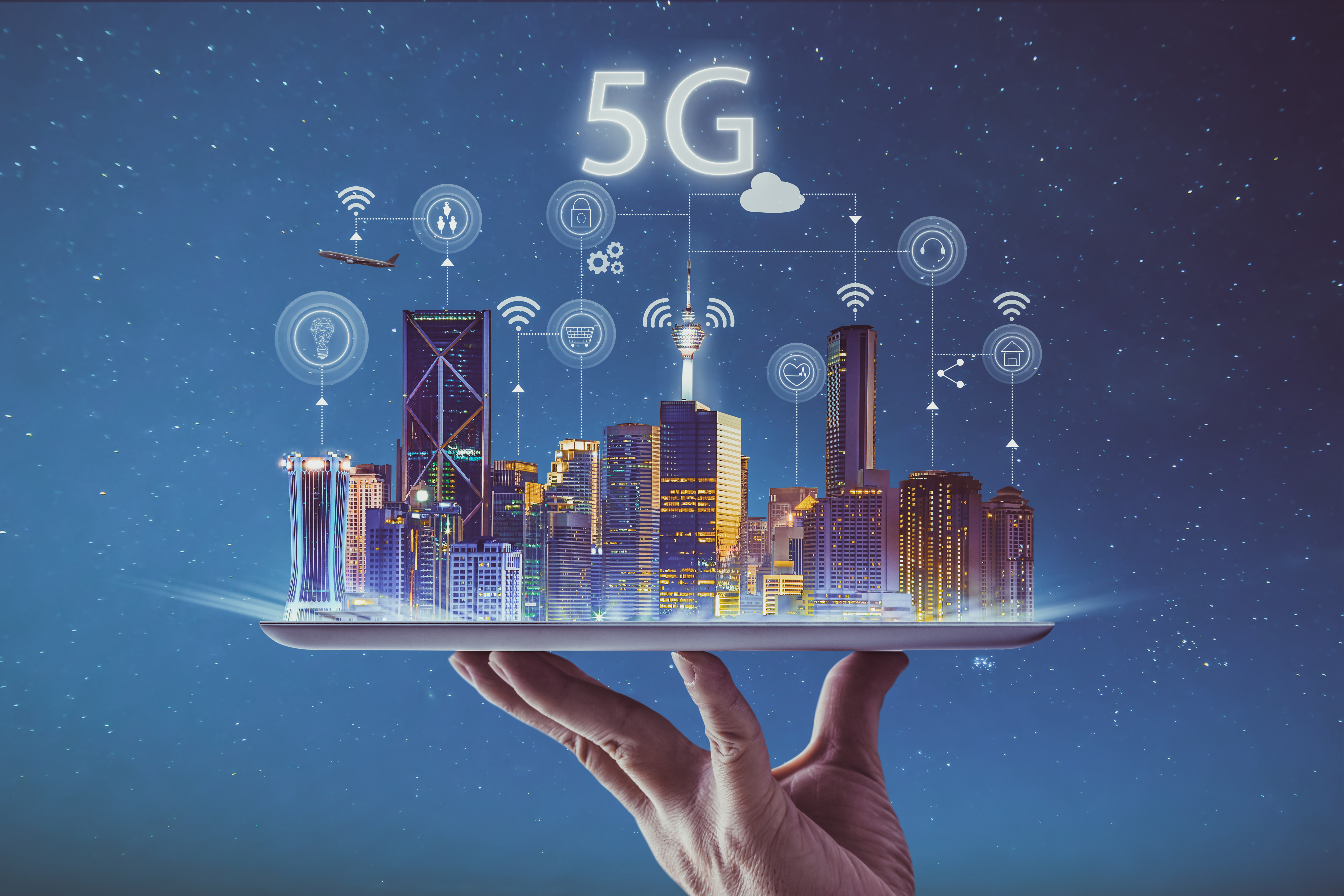
NEW ROCHELLE, NY—As subscriber numbers for 5G wireless home internet services continue to spike, with fixed wireless providers reporting record growth in Q3 2023, a new survey from Horowitz Research finds that consumer satisfaction with the technology is strong and that it is posing a competitive threat to traditional broadband providers.
“5G wireless home internet is definitely a competitive threat to traditional fixed-line broadband providers as consumers look to trim costs for reliable internet, which is now an essential utility,” notes Adriana Waterston, executive vice president and insights and strategy lead for Horowitz Research. “The novelty of being able to try out a new, alternative provider, combined with the trust people already have in mobile brands like Verizon and T-Mobile, are forcing traditional ISPs into a defensive position. This competitive environment will be a win for consumers. We anticipate this will drive internet prices down and quality up while all providers focus on delivering the most reliable home internet service for the best value in order to attract and retain customers.”
The findings are part of the new Horowitz “State of Media, Entertainment, and Tech: Disruptions 2023” study, which looks at consumer attitudes towards and adoption of disruptive technologies, including 5G wireless home internet.
It found that 5G wireless home internet has become available in more and more markets across the United States in the past two years and that awareness of the technology is growing.
One in four (23%) consumers surveyed who do not have the service say they “know a lot” about it, with awareness highest among younger and urban consumers.
Moreover, satisfaction with 5G wireless home internet is high, Horowitz found.
The Horowitz study finds that about 2 in 3 subscribers (67%) of the service – offered by mobile providers such as T-Mobile and Verizon in their 5G coverage areas – say that their Wi-Fi covers all the areas of their homes better than traditional broadband. In comparison, less than 1 in 10 (7%) consumers with 5G agree that traditional broadband is better, while an additional 2 in 10 feel that 5G service is about the same as broadband. It also gets higher ratings than traditional ISPs for “value for the money.”
Though penetration of 5G wireless home internet across the United States overall is low — at 3%, according to the Horowitz study — penetration is much higher in markets where the service is actually available.
As mobile providers expand their 5G home internet coverage areas, the study also found that consumers are bullish about these services. Half (49%) of TV content viewers surveyed by Horowitz Research who do not have 5G wireless home internet service say that they are likely or very likely to consider subscribing when it becomes available in their area.
The full State of Media, Entertainment, and Tech: Disruptions 2023 report tracks the evolving market for new and potentially disruptive technologies that could be game-changers, including over-the-air (OTA) antennas, wireless 5G home internet services, and piracy and password sharing. The survey was conducted in September 2023 among 1531 adults 18+ who have a role in decisions regarding TV and internet services in the home. Data have been weighed to ensure results are representative of the overall U.S. population. The report is available in total in FOCUS Latinx, FOCUS Black, and FOCUS Asian editions.
For more information about the State of Media, Entertainment, and Tech: Disruptions 2023 report, is available here.







